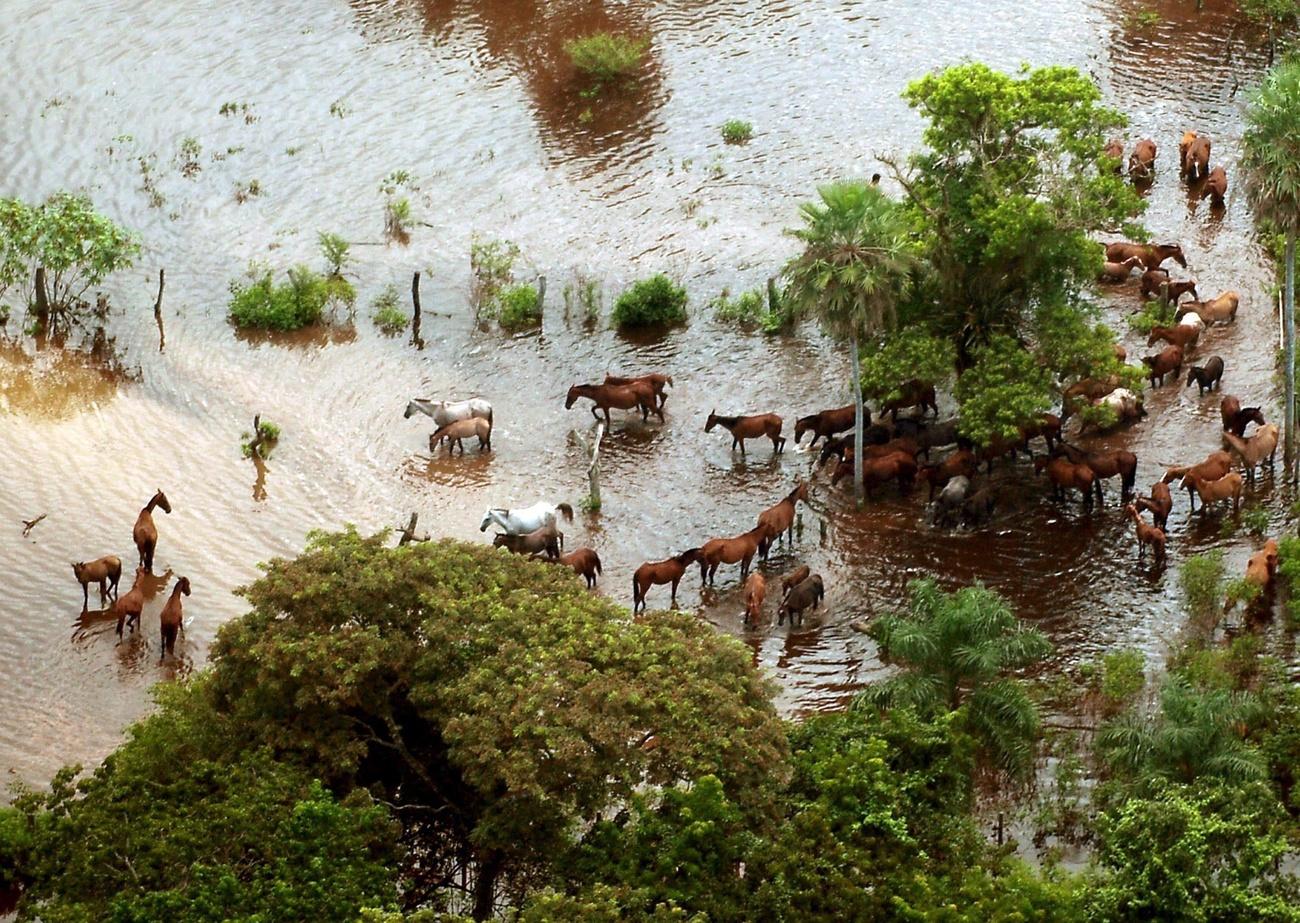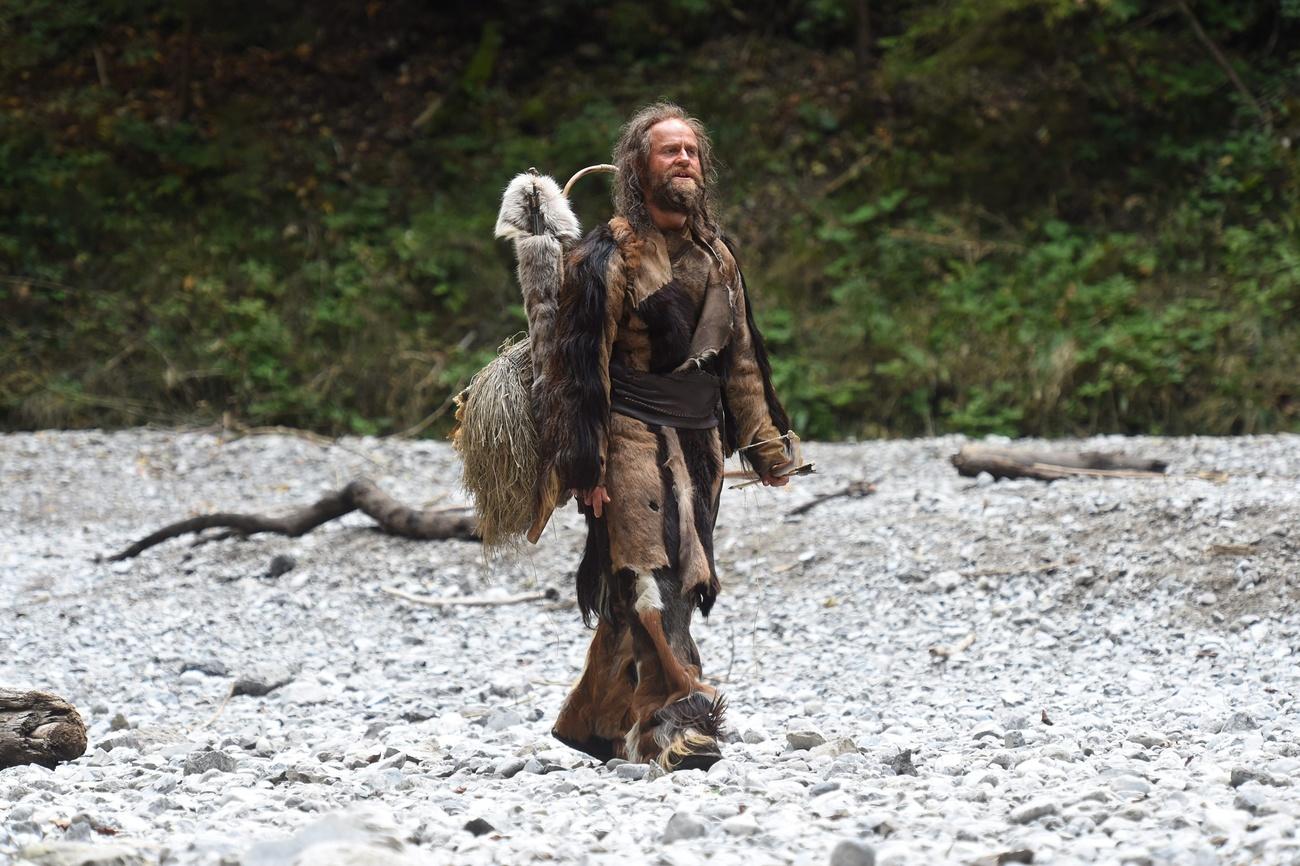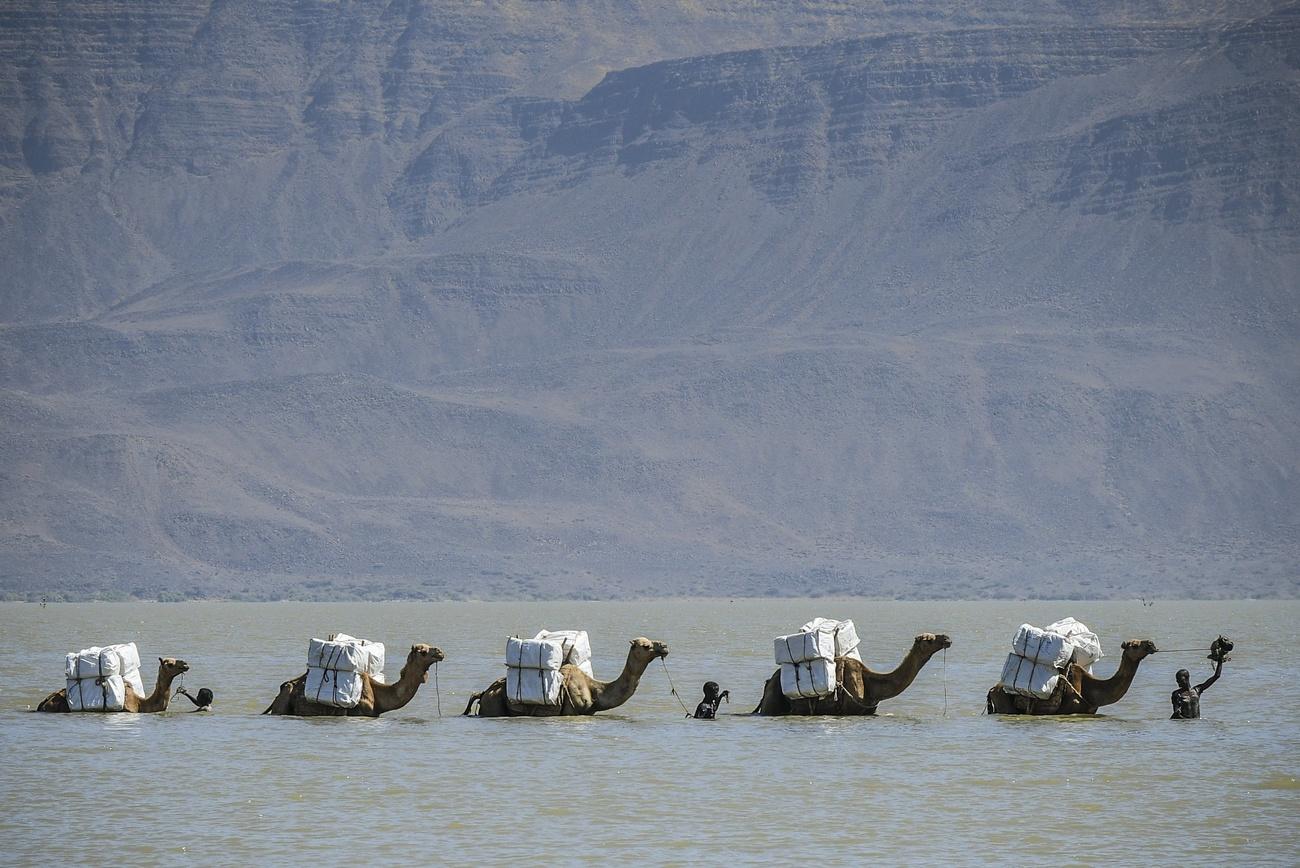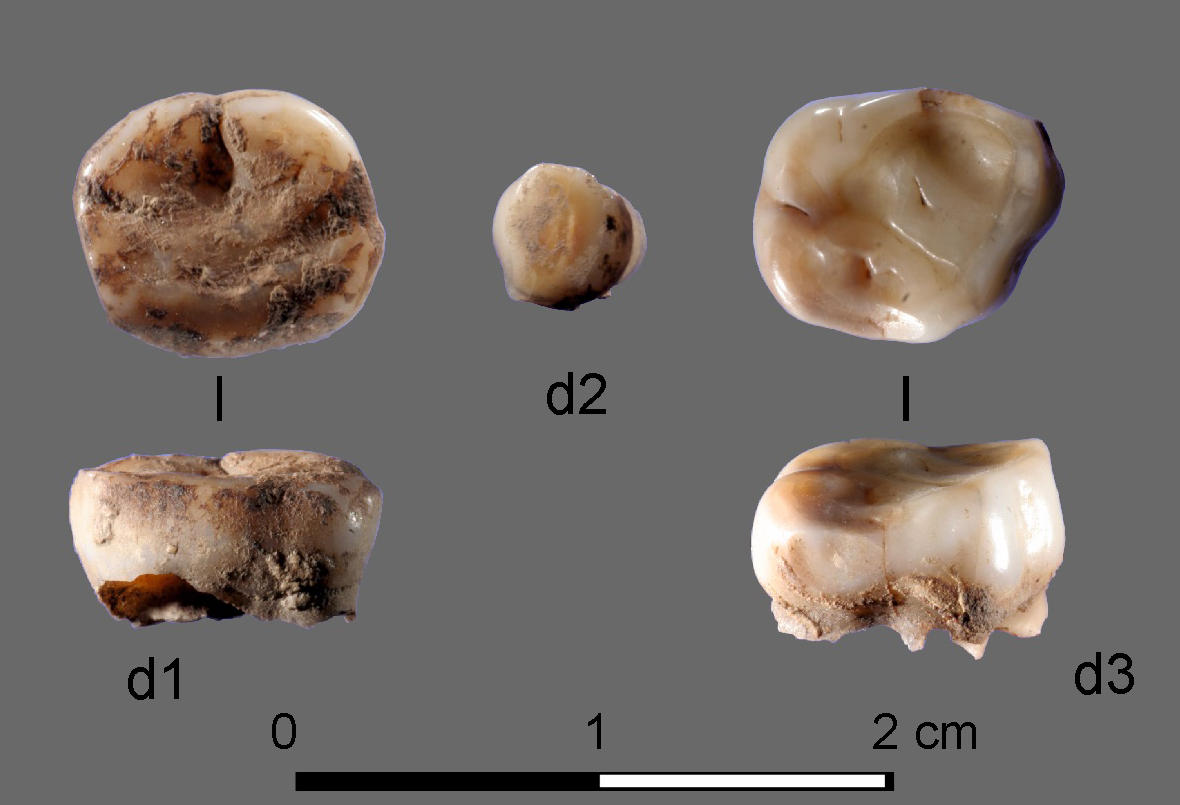Cradle of agriculture in the Amazon region much older

People began growing manioc and squash much earlier than previously thought, a team of researchers led by the Swiss university of Bern has found.
A study shows that the earliest human inhabitants of Moxos plains began transforming the tropical savanna eco-region in Bolivia 10,000 years ago, that is 8,000 earlier than previously thought.
They created thousands of so-called forest islands, as they tamed wild plants to grow food, according to a press release by Bern universityExternal link earlier this week.
The study was conducted by scientists from Bern in cooperation with universities in Britain, Spain and the United States.
The study involved an unprecedented large-scale regional analysis of more than 60 archaeological sites, according to the university statement.
Samples were retrieved from 30 forest islands and archaeological excavations were carried out in four of them.
“Until this recent study, scientists had neither searched for, nor excavated, old archaeological sites in this region that might document the pre-Columbian domestication of these globally important crops,” says Umberto Lombardo from Bern university.

More
Swiss scientists identify bowstring used by Ötzi the Iceman

In compliance with the JTI standards
More: SWI swissinfo.ch certified by the Journalism Trust Initiative




You can find an overview of ongoing debates with our journalists here. Please join us!
If you want to start a conversation about a topic raised in this article or want to report factual errors, email us at english@swissinfo.ch.